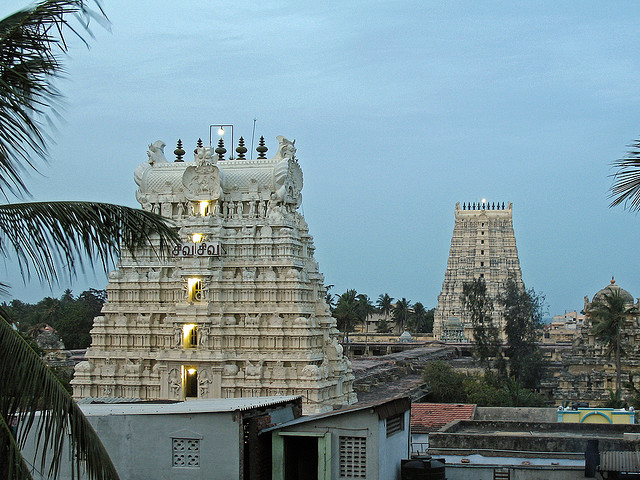Mahakaleshwar Temple
Mahakaleshwar Temple, cited by the great poet Kalidasa in his works, is dedicated to Lord Shiva. It is one of the 12 Jyotirlingas in India. The temple is a five-storied massive structure and its carved motives displays the Rajput style of architecture while screens and pavilions combined with marble colonnades reminds the influence of Mughal style. The deity here is called Dakshinamurtias since the idol is facing southwards.









